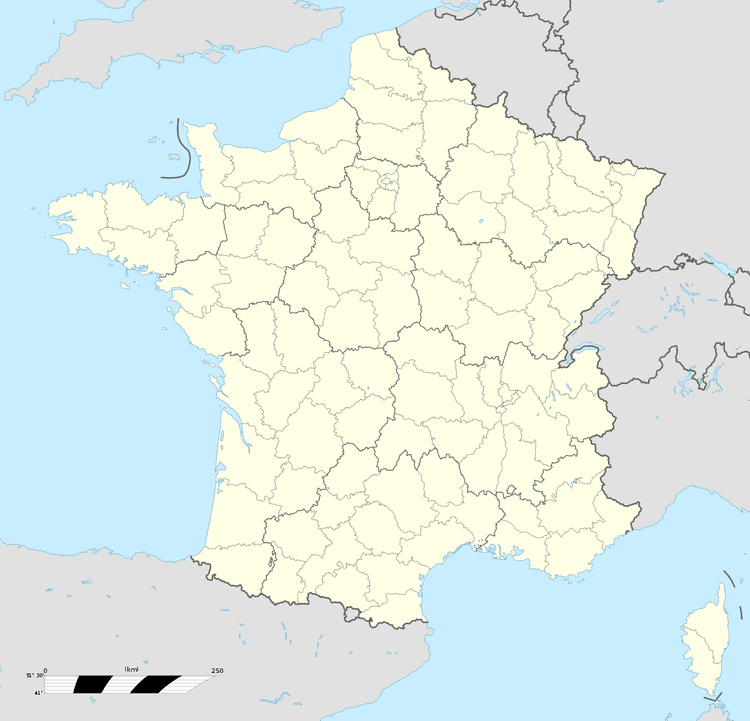Country France Region Nord-Pas-de-Calais | Area 33,022 Mayor Jean-Pierre Kucheida | |
 | ||
Lievincyclo cross world cup 2012
Liévin ([ljevɛ̃]) is a commune in the Pas-de-Calais department in northern France. The inhabitants are called Liévinois.
Contents
- Lievincyclo cross world cup 2012
- Map of Livin
- Marion fontaine fin d un monde ouvrier lievin 74 edition ehess
- Overview
- Administration
- Prehistory
- Agriculture and mining begin
- During the World Wars
- End of coal mining
- Livin without coal
- Notable people
- Twin towns Sister cities
- References
Map of Liévin
Marion fontaine fin d un monde ouvrier lievin 74 edition ehess
Overview
The city of Liévin is an old mining city of Pas-de-Calais. Near Lens, this modest-sized city nevertheless has several nursery schools, schools, colleges, a university, a swimming pool, a city library, a cultural and social center (CCS), a hospital, a covered stadium, several gardens and parks, two movie theaters, two cemeteries, a Catholic church, a shopping center, a National Police station, a fire station, a complete intercommunity transportation system (Tadao [1]), regional newspapers, the main ones being L'Avenir de l'Artois [the Future of Artois], La Voix du Nord (Voice of the North) and Nord Éclair (Northern Flash), etc. The city has also recently acquired ADSL connectivity.
Administration
Liévin is the seat of two cantons. It belongs to the Agglomeration community of Lens – Liévin) which consists of 36 communes, with a total population of 250,000 inhabitants.
Prehistory
The history of Liévin begins very early. The foothill of Riaumont (highest point in Liévin) is a rich archaeological site. Traces of Neolithic and Gallo-Roman periods have been found there, and 752 tombs attest that Liévin was once a Merovingian burial ground.
Agriculture and mining begin
In 1414, there were barely 150 inhabitants in Liévin. At that point it was a village mainly concerned with agriculture. Up until World War I, the population steadily grew:
Coal was discovered in the vicinity of Liévin in 1857. This precipitated an explosion of productivity, prosperity, and population. The population of Liévin was 25,698 in 1914.
During the World Wars
The First World War brutally ended Liévin's expansion. The city was ruined, the churches and castles destroyed. Human losses were 400 civilian and 600 military. The city of Liévin was awarded the Croix de Guerre in 1920.

After the war, it was necessary to rebuild everything. After a few years, Liévin was again an active city, and mining recommenced.
World War II again stopped the progress of the city. In 1940, Liévin was evacuated, and the city was settled by Germans. Resistance was organized, in particular with the help of the Voix du Nord newspaper. In this war, there were 220 civilian and 225 military casualties. Liévin was liberated on 2 September 1944 by the British Eighth Army.
After the war, mining recommenced in force; coal mining was vital to the reconstruction of the French economy. Silicosis, which would kill many miners, made its appearance.
End of coal mining
In addition to silicosis, miners were in daily peril of being lost in mining catastrophes. There were five major mining catastrophes during the coal mining period:
Additionally, a recession in the mining industry began and with it a recession in Liévin. From 1960 to 1970, 60 of the 67 pits closed, Following the tragedy in Saint-Amé, the last pit closed in 1974. Liévin no longer produces coal, and has moved on to a new chapter.
Liévin without coal
Liévin suffered a great deal from the abandonment of coal; the whole city depended on the mines. Fortunately, the city reconverted and, although it may not have the same economic dynamism of that epoch, the commercial and industrial areas are a source of employment for many, and the city remains relatively prosperous with 33,430 inhabitants (see above).
Notable people
Famous people from Liévin include:
Twin towns – Sister cities
Liévin is twinned with:
